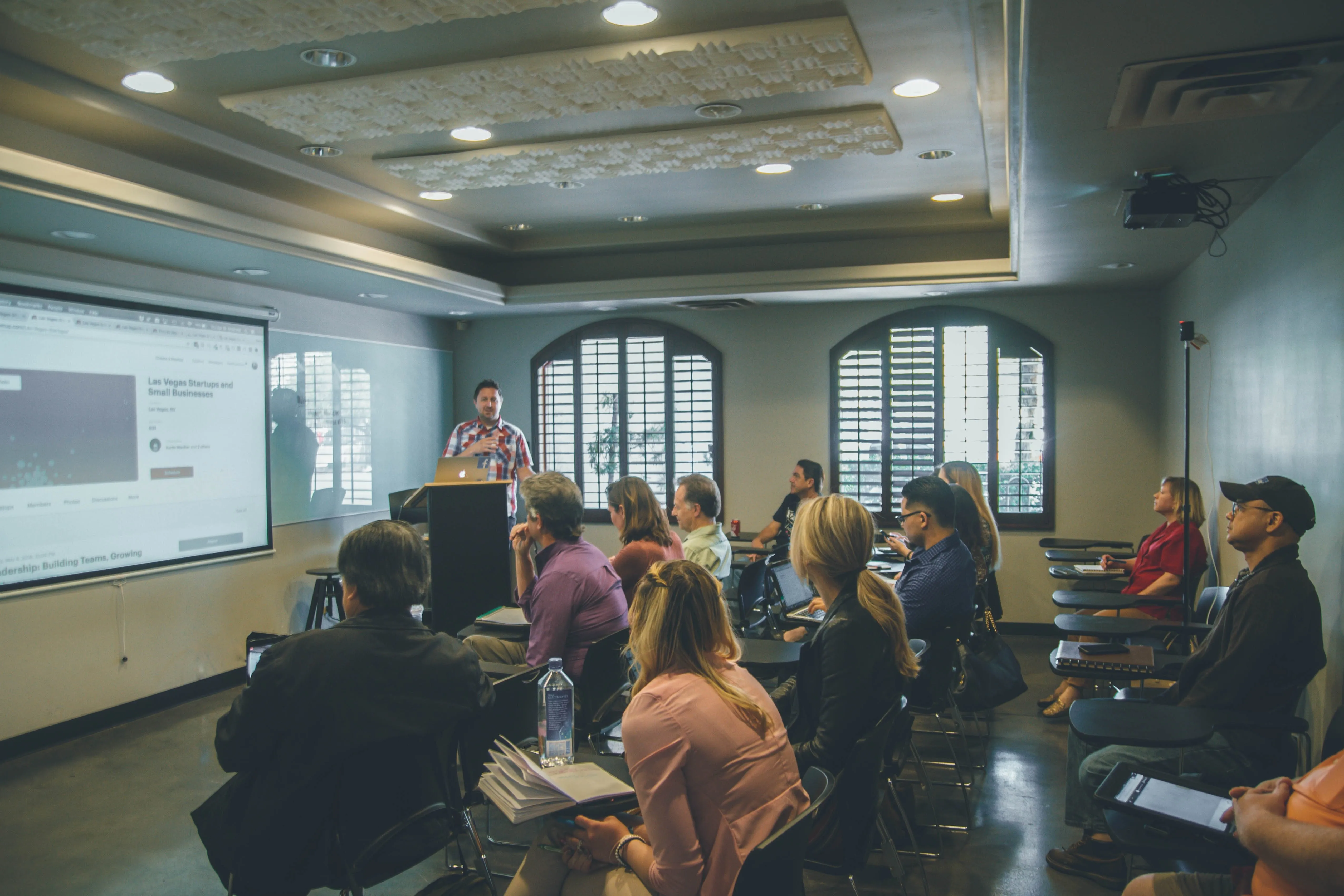Mastering Harvard Referencing: A Wise QuickStart Guide
Are you drowning in the sea of academic citations and struggling to keep your references in check? Whether you're a student, researcher, or a professional, mastering the art of referencing is crucial for upholding academic integrity and ensuring your work is credible and trustworthy. In this Wise QuickStart Guide, we will explore the Harvard referencing style, provide valuable tips, and help you navigate the complex landscape of citations.

Why Reference Matters
Before we delve into the specifics of Harvard referencing, let's understand why referencing is essential:
- Show Your Research: Referencing demonstrates that you've thoroughly researched your topic, adding depth and credibility to your work.
- Avoid Plagiarism: Plagiarism is a serious offense in academia. Proper referencing ensures you give credit to the original authors, avoiding accusations of plagiarism.
- Strengthen Arguments: Citing reputable sources strengthens your arguments and lends authority to your writing.
- Evidence-Based Conclusions: It shows that your conclusions are evidence-based and not mere conjecture.
- Traceable Sources: Readers can check and trace your sources, which enhances transparency and trustworthiness.
- Differentiate Ideas: It distinguishes your ideas and opinions from those of others, promoting clarity in your work.
Types of Referencing
Referencing involves in-text citations and reference lists or bibliographies:
- In-text citations: These are used within the main text of your assignment to highlight areas where you've incorporated ideas or words from other sources. They link to your reference list or bibliography.
- Reference List: A list of all works cited within your assignment.
- Bibliography: This includes all works cited in your assignment and any additional sources consulted during your research.
Generally, you will only need to submit either a Reference List or a Bibliography, not both. However, it's advisable to confirm with your tutor or institution's guidelines.
Types of In-text Citations
Harvard referencing offers various ways to incorporate external sources into your work:
- Quoting: Using the exact words of an author. Remember to enclose short quotes in quotation marks and provide author surname, date, and page numbers for both short and long quotes.
- Paraphrasing: Expressing someone else's ideas or arguments in your own words while maintaining the original meaning. Don't forget to cite the author, date, and page numbers.
- Summarizing: Providing a brief statement of the main points covered by a source using your own words. Include the author's surname and date.
Using "et al."
When a source has more than three authors, you can use "et al." (meaning "and others") in your citations. This keeps your writing concise and neat. Be sure to include all authors in your reference list or bibliography.
Reference List Rules
Creating an accurate reference list requires following specific rules for different source types:
- Books and EBooks: Include the author/editor, year of publication, title in italics, edition (if not the first), place of publication, and publisher.
- Journal Articles: Provide the author(s)/editor(s), year of publication, article title in single quotation marks, journal title in italics, volume, part number, page numbers, and, if available online, include the DOI or URL.
- Webpages: For online sources, include the author, organization name, or webpage title, year of publication (in round brackets), title of the webpage in italics (if applicable), the phrase "Available at:" followed by the URL, and "Accessed:" followed by the date you accessed the page.
- NICE Guidelines and Cochrane Systematic Reviews: These sources should include the author, year of publication, title in italics, series or publication number (if given), place of publication, publisher (if given), and, if accessed online, include the DOI or URL.
- Acts of Parliament: Include the title of the Act (including year and chapter number in italics), the country/jurisdiction (if applicable), and the URL.
When Not to Cite
Remember, you don't need to cite when:
- You're using your own ideas and original research.
- Stating widely known facts.
- Discussing easily observable phenomena.
- Using common sayings.
Top Tips for Referencing
Here are some top tips to help you master Harvard referencing:
- Start early and leave enough time for referencing.
- Understand which source types you need to reference.
- Follow the rules for each source type meticulously.
- When in doubt, consult your tutor or referencing guidelines provided by your institution.
- Pay attention to punctuation; it matters.
- Be consistent in your referencing style.
Conclusion
Referencing may seem like a daunting task, but mastering it is essential for academic and professional success. The Harvard referencing style, with its in-text citations and reference lists, is a powerful tool to add credibility to your work. Always consult the latest guidelines, and don't forget to check your institution's specific requirements. Happy referencing using this Wise QuickStart Guide from Massive Wisdom Group Blog!
References
- Pears, R. and Shields, G. (2019). Cite them right: The essential referencing guide. 11th ed. London: Red Globe Press.
- Modern Language Association. (2016). MLA handbook. 8th ed. New York: The Modern Language Association of America.
- The Chicago Manual of Style Online. 17th ed. (2017). Chicago: University of Chicago Press.
- Anglia Ruskin University Library. (2021). Harvard Referencing Guide. 7th ed. [Online] Available at: https://library.aru.ac.uk/referencing/harvard.htm [Accessed 22 Aug. 2022].
- IEEE Xplore. (2021). IEEE Citation Reference. [Online] Available at: https://journals.ieeeauthorcenter.ieee.org/wp-content/uploads/sites/7/IEEE_Reference_Guide.pdf [Accessed 22 Aug. 2022]
- International Committee of Medical Journal Editors. (2019). Recommendations for the Conduct, Reporting, Editing, and Publication of Scholarly Work in Medical Journals (ICMJE Recommendations). [Online] Available at: https://www.icmje.org/icmje-recommendations.pdf [Accessed 22 Aug. 2023].
- American Medical Association. (2020). AMA Manual of Style. 11th ed. Oxford University Press.
- Turabian, K. L. (2018). A Manual for Writers of Research Papers, Theses, and Dissertations. 9th ed. University of Chicago Press.
- University of Oxford. (2021). Oxford Referencing Style Guide. [Online] Available at: https://www.ox.ac.uk/sites/files/oxford/media_wysiwyg/University%20of%20Oxford%20Style%20Guide.pdf [Accessed 20 Aug. 2021].
- Harvard Law Review Association. (2020). The Bluebook: A Uniform System of Citation. 21st ed. Harvard Law Review.
- American Chemical Society. (2006). The ACS Style Guide: Effective Communication of Scientific Information. 3rd ed. American Chemical Society.
- Council of Science Editors. (2014). Scientific Style and Format: The CSE Manual for Authors, Editors, and Publishers. 8th ed. Council of Science Editors.
By Alvin Lam Wee Wah
and Team at Massive Wisdom Group
Interested in what you've read and want to know more or collaborate with us? Contact us at customersuccess[a]massivewisdomgroup.com replacing the [a] with @.
































